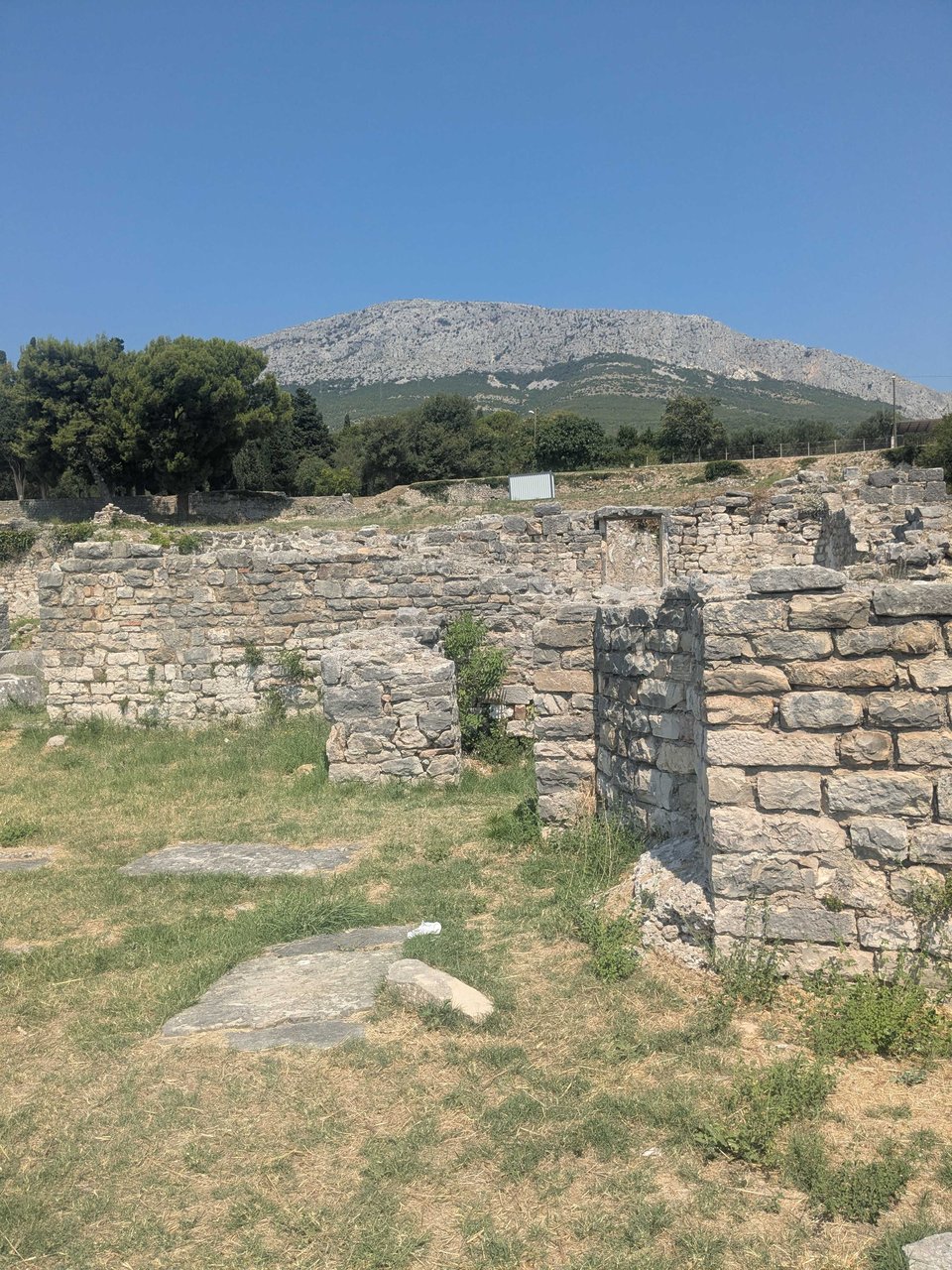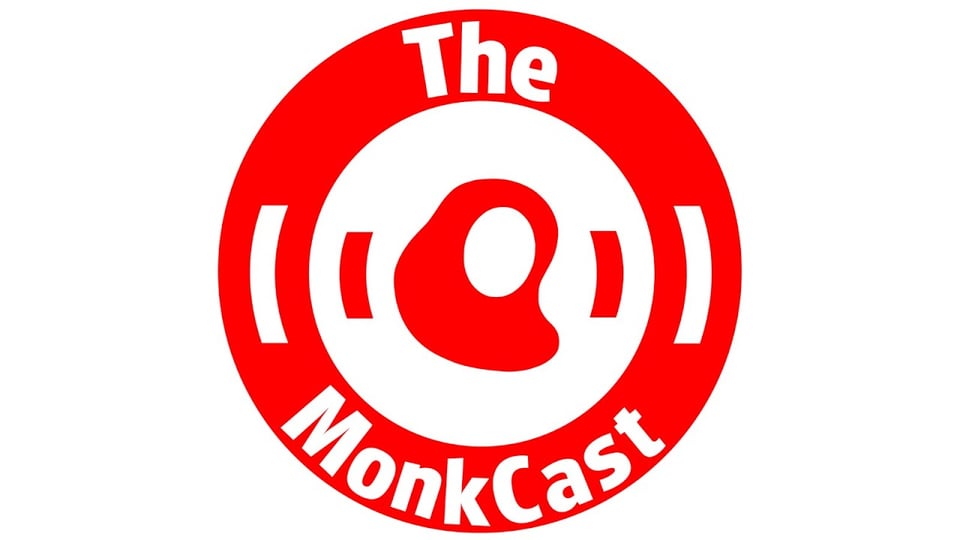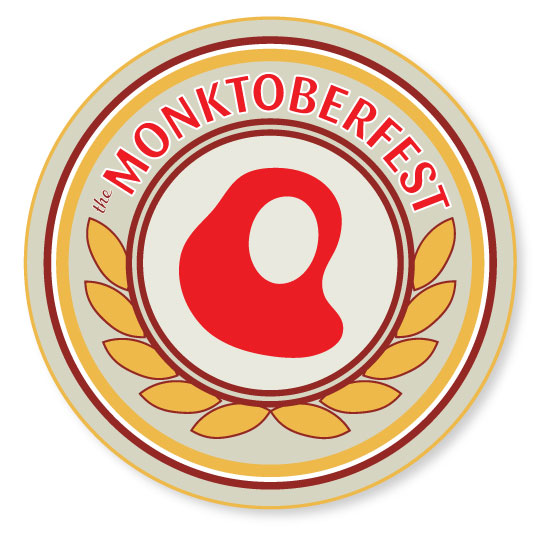RedMonk September 2025 Update

A small, sharp research firm focusing on developer-led technology adoption and developer culture. We help folks understand the industry by understanding you.
We’re back to school! Well - the kids are, anyway. They’re out of the house… at last. It’s the end of the long hot vibe code summer (or is it?) One way or another it’s certainly time to take stock, plan for Q4, and as those kids would say - “lock in.”
I hope you took some time off. While downtime is unfashionable in some circles, I tend to think it’s crucial. Q4 is a sprint, but succeeding in business is definitely a marathon. We’re seeing mixed signals in the economy - with some companies reporting record results, but layoffs continuing. And as for the macroeconomic environment - let’s just say it’s…rather unpredictable. Just like the weather.
This year I took my family to Croatia, and I would file the country under “strong recommend.” Croatia is beautiful. I mean, comically beautiful. As my wife commented, looking at yet another rugged, yet verdant, coastline surrounded by pellucid sea: “It’s like someone designing a world in Unity got it just right, and then decided hey how about if I drop another wild unspoiled island just… there.”
Kind of like vibe coding a country. I came back from my vacation thinking about changeability, durability and disposability because Croatia stands out in its living history.
You want beautifully intact Roman ruins - no problem. Croatia, or as the Romans called it Illyricum, is just around the corner from Italy, across the Adriatic. Diocletian, born in Croatia, ruled as Roman Emperor from 284 until his abdication in 305. He divided the Roman empire into a tetrarchy (essentially setting up regional VPs to manage four geographies end to end, while Diocletian naturally assumed the position of first among equals), stabilizing and extending life of the empire, and he is the only Roman emperor to voluntarily abdicate. He only visited Rome near the end of his life. That’s how central Croatia was to the Roman empire.

Or if you prefer the Medieval period, Croatia is dragonlike -- hoarding its history. To be able to walk through an entirely intact Medieval walled city, like Split, for example, is a rare privilege. Game of Thrones took full advantage of this stone built history - the show is primarily shot in Croatia, around Dubrovnik, Split and the island of Hvar.
Londoners like to think we have a lock on history - but most of Medieval London was destroyed in the Great Fire of 1666. Which brings me to raw materials, and maybe something to do with technology.
It struck me as I looked at the intact architecture and the ruins of Croatia that the great building materials were right there. The karst is scarred raw on the hills that follow the coast. Split itself is built using this local rock.

London on the other hand is built on clay. There isn’t much rock around. So most of the architecture lost to the fire would have been wattle and daub, and wood. Medieval London was an accident waiting to happen. Split on the other hand - you couldn’t burn it down if you tried. They built Diocletian’s Palace in Split, still intact today, with blocks of limestone from the nearby island of Brač. Of course a conquering emperor can afford a little bling - and the palace also includes columns of Egyptian granite, and marble from Greece and Italy.
With the right materials at hand you can build something to last. Something durable. If you’re using wattle and daub on the other hand, that’s rather more disposable. Which is kind of like coding with AI. Vibe coding is about creating situational, disposable code. Software engineering on the other hand is about building on rock solid foundations, with code that’s built to last. You definitely don’t want your transaction systems burning to the ground. So architectures and applications can be durable or disposable - the trick is knowing which is which, and when to apply more discipline to what you do. As an industry that’s where we are now. Establishing norms and best practices to help us understand the values and drawbacks of vibe coding. Which is why you should definitely read the piece I linked to above by my colleague Kate - The Endless Hot Vibe Code Summer. It’s basically everything you wanted to know about vibe coding, but were afraid to ask. Because vibe coding is coming to an enterprise near you, and it pays to understand what that’s going to mean in practice.
Frankly some AI companies will prove to be disposable, as we’re almost certainly going to have an economic shakeout, a Great Fire of VC money. But the challenge of the next couple of years is building durable companies and architectures that will transform industries. The skills needed to do so go well beyond vibes. And helping companies navigate all of this - that’s why RedMonk does what it does. We look forward to speaking to you this Fall, and hopefully seeing many of you as we hit conference season in earnest.
-James Governor, founder
Links Roundup
For more on the distinction between durable and disposable Charity Majors lays it out in a great post about an iteration of Cattle vs Pets thinking in the gen AI era- Disposable Code Is Here to Stay, but Durable Code Is What Runs the World. It is well worth a read.
One of the more intriguing recent deals is the decision by OpenAI to acquire Statsig for $1.1bn. Open AI acquiring an observability and feature flags company? What’s that about? Adam Zimman, one of James Governor’s co-authors in the forthcoming book about Progressive Delivery, argues that it’s about better understanding user adoption and behaviour.
Meanwhile what would a links roundup in 2025 be with a nod to Simon Willison? “I'm a pretty huge proponent for AI-assisted development, but I've never found those 10x claims convincing. I've estimated that LLMs make me 2-5x more productive on the parts of my job which involve typing code into a computer, which is itself a small portion of that I do as a software engineer.”
With Figma being one of the latest, hottest IPOs, perhaps smaller companies wanting to emulate that success can find something of interest here.
Ramp shares evidence of 9-9-6 taking hold in SF through transaction data.
Finally we wanted to share some really interesting research from Gergely Orosz of Pragmatic Engineer fame. He’s been looking at the rise of the Forward Deployed Engineer, a role that’s becoming increasingly important as AI takes off. It’s a product engineering role, but one where the developer is embedded with the customer. Pioneered by Palantir, it’s now seeing broader industry adoption. What are Forward Deployed Engineers, and why are they so in demand? It’s a great read!
Recent RedMonk Research
Some thoughts on “Agentic DevOps”, AIOps, and Vibe Coding. With Gene Kim and Nicole Forsgren. RM clients mentioned: Microsoft
Perhaps vibe coding can scaffold code quickly or spin up small projects, but at scale it has significant limitations. Spec-driven development has emerged as a potential response to this gap: Vibe Coding vs. Spec-Driven Development. RM clients mentioned: AWS
Back in June, we had our first briefing on the EU's Cyber Resilience Act (CRA). It was terrifying, and we were shocked that its implications were not widely known. We've since had more briefings and read the act itself. It's still terrifying. Here's a bit more on why.
The Certificate Authority Browser Forum has officially blessed us with SSL certificates that expire every 47 days by 2029. That’s right. The same certificates that currently give you a comfortable 398 days to procrastinate are about to need replacing far more often. While the security benefits of shorter certificate lifespans are clear, the operational reality of implementing automation across diverse, legacy-laden infrastructure will be heavy. Kate wrote up some thoughts about this situation.RM clients mentioned: Google, AWS, Microsoft, GitHub, Akamai, and Cloudflare
Our industry has moved from ‘still defining an agent’ at the start of 2025 to ‘building things that can actually build things’ by mid-year. Here's a recap of some of the agentic demos that impressed us over the year, including Augment Code, Kiro from Amazon Web Services (AWS) and System Initiative. RM clients mentioned: AWS and IBM
While Steve was out on vacation, news of the DocumentDB donation from Microsoft to the Linux Foundation dropped. This writeup is late, therefore, but he's been thinking about it quite a bit since we've heard. Will be watching closely. RM clients mentioned: AWS, Crunchy Data, Google, Microsoft, MongoDB, Oracle (MySQL) and Percona
It’s September, so for this post Kate checks in on the 2025 Hot Vibe Code Summer. Is this an Endless Summer situation or is the AI winter upon us? Does vibe coding need the heat of novelty to persist, or does it have staying power on its own? RM clients mentioned: AWS, Microsoft, Honeycomb, GitHub, and Google
Recent Videos and Media Appearances
Rachel Stephens is joined by Bowen Wang, Principal Product Marketing Manager at AWS. They discuss the newly enhanced AWS Free Tier program, which provides new customers with a zero-cost environment to experiment and learn about AWS services. That’s right: no surprise billing! The New Builders: The New AWS Free Tier
This conversation cuts through the hype to examine why looking at observability initiatives from the front end isn’t just another tech industry fashion statement. Kate Holterhoff, and Greg Leffler, Director of Developer Evangelism for Splunk Observability unpack the growing importance of front-end inwards observability and how it’s different from the usual back-end definitions and tooling: Webinar – RUM to Reality: Why Frontend-First Observability Makes Business Sense
In this New Builders conversation, Kate Holterhoff speaks with Clare Liguori, Senior Principal Software Engineer at AWS, about Kiro. They discuss Kiro’s Vibe and Spec modes, and how these both factor into better coding practices and outcomes for developers: The New Builders - Clare Liguori on Kiro & AI Spec-Driven Software Development
Exclusively on the MonkCast

Rachel Stephens interviews Kat Cosgrove – a prominent figure in the Kubernetes community – to discuss her journey into Kubernetes, the structure of the release team, and the role of corporate contributions in governing the project. They explore the expectations surrounding open source projects, the importance of sustainability, and the challenges faced by maintainers in the ecosystem: A RedMonk Conversation: Kat Cosgrove on The Chaos and Care of Shipping Kubernetes
Jason Torres, Community Evangelist at Torc, chats developer communities with Kate Holterhoff. They discuss the dynamics of attending tech conferences, the role of Torc in the tech community, the current hiring landscape for developers, the globalization of tech hiring, the impact of social media on career growth, and the significance of authenticity in online presence. The discussion also touches on the future of developer advocacy and the challenges faced in the tech industry today: A RedMonk Conversation: Jason Torres on Developer Hiring, Community, & Content
In this MonkCast episode, Martin Rojas, UI Architect at PlayOn Sports and ReactATL Organizer, joins Kate Holterhoff to chat about the tech meetup scene, leveraging AI to enhance sports broadcasting, AI Guilds (not Dungeons & Dragons!), Micro frontends, React, and More!
Emily Winck, Staff Engineer at CallRail, and Jess Burns, Engineering Manager at 1Password, join Kate Holterhoff to reflect on their shared experiences working on the engineering team at a digital marketing agency. In addition to trading war stories, they discuss the gender balance in engineering teams, how agency life compares to SaaS companies, the Covid19 pandemic, challenges of remote work, bootcamps, hiring, and the impact of AI on software development. A RedMonk Conversation: Tales from Agency Life (with Emily Winck and Jess Burns)
RedMonk Recommends
Swarna Podila is a marketing executive who specializes in the art of translating "what does the product do" to "why does it matter" for target audiences. She’s done everything from bootstrapping and staging entire marketing teams at early stage startups to leading global product launches and orchestrating strategic partnership with midsize and larger B2B enterprises.
Most recently with Zitadel, she’s also worked in senior capacities for companies like Citrix, HashiCorp and Isovalent as well as foundations like the CNCF. In addition to working with the regular marketing tools (HubSpot, Salesforce, WordPress, Marketo, etc) she’s also embraced AI-driven marketing strategies, leveraging tools like Claude, ChatGPT, and Gemini for content creation and Clay, Kaspr, BuiltWith, Fathom, and Fireflies for sales pipeline optimization.
Beyond tools, Swarna has a wealth of experience in open source and developer ecosystems, and is available for product marketing leadership or marketing leadership opportunities where she can drive growth and build great teams. She can be reached here. RedMonk’s known Swarna for many years and we always enjoy working with her and her teams.

Only a few tickets left for The Monktoberfest!

RedMonk brings you the thirteenth annual Monktoberfest. The only conference focused on how craft, technology and social come together, it's one of the most unique events in the industry. Limited tickets available here.
Meet the Monks
Events we'll be attending:
Splunk .conf: 8 - 11 September 2025, Boston, MA
MongoDB Local: 17 September, New York, NY
IBM TechXchange: 6 - 9 October, 2025, Orlando, FL
Atlassian Team Europe: 7 - 9 October 2025, Barcelona, Spain
Cloudflare Connect 2025: 13 -16 October 2025, Las Vegas, NV
Oracle CloudWorld: 13 - 16 October 2025, Las Vegas, NV
Dreamforce 2025: 14 - 16 October 2025, San Francisco, CA
GitHub Universe: 28 - 29 October 2025, San Francisco, CA
KubeCon NA: 10 - 13 November 2025, Atlanta, GA
Events we'll be hosting:
The Monktoberfest 2025: 2 - 3 October 2025, Portland, ME